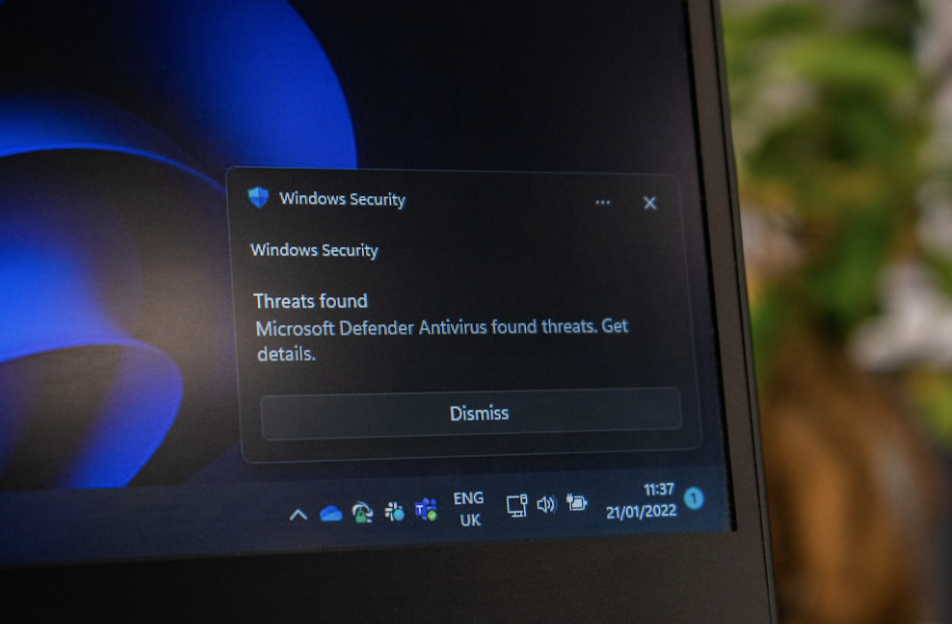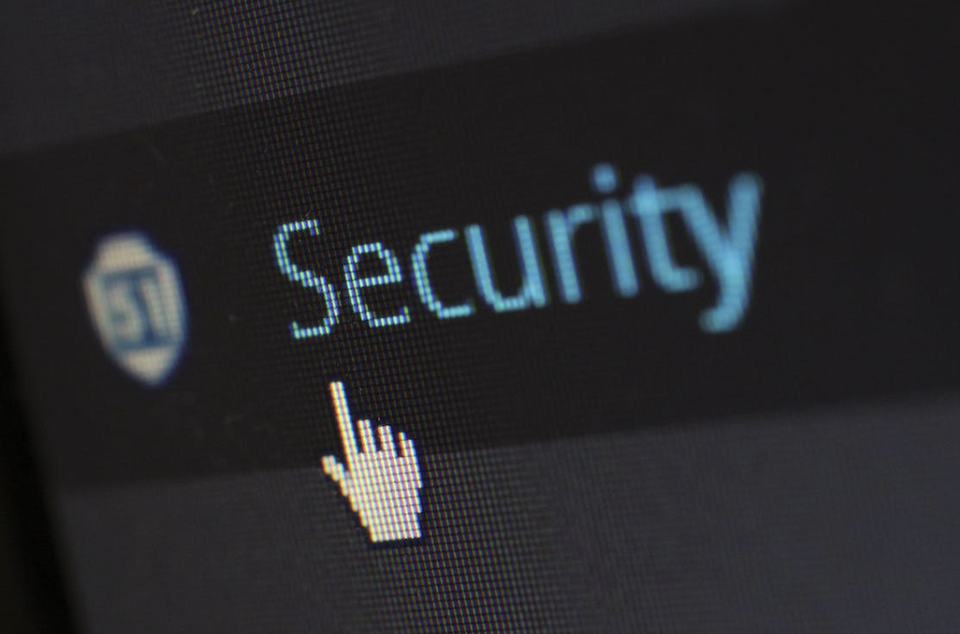Whether you’re a business, an ecommerce platform, an education provider, or a hobbyist with a blog, websites are an important part of modern life.
Keeping those websites secure can often fall by the wayside, though.
Many of us tend to think of a website as a one-and-done thing. We create it, we publish it, we update its content, and we sit back and enjoy the benefits.
But there’s a whole other, darker side to websites.
These days, websites contain more data than ever before. Businesses store masses of employee and customer data, both personal and financial. Organizations and individuals alike pay for services and apps to make their websites functional and appealing, putting their own financial data at risk.
Websites are constantly vulnerable to malware attacks by bad actors who want to gain access to confidential information.
In this article, we’ll discuss the ins and outs of malware and how to prevent malware attacks on websites.
What is malware?
Malware is a portmanteau of Malicious Software.
Malware is any kind of process that can gain unauthorized access to your technical systems and do damage.
That damage includes disrupting normal operations, financial theft or exploitation, the theft of personal data, the destruction of your website and domain names, and gaining leverage for nefarious purposes.
Bad actors look for system vulnerabilities and create malware that penetrates those weak spots. Once inside your systems, malicious software can wreak irreversible havoc.
You might’ve heard of the most common types of malware, such as viruses and trojan horses. Modern malware has gotten even more sophisticated, utilizing remote device exploits and social engineering tactics to gain access to sensitive information.
Websites are particularly vulnerable to malware, since they are public and often contain the kind of data hackers can make money from.
What damage can malware do?

To understand how essential website security is, it’s important to know just what malware is capable of.
Malware comes in a variety of formats, functions, and purposes. Each causes its own unique problems.
If you’re running a business or ecommerce website, malware attacks can cause untold amounts of harm.
- Stolen confidential data can put people and business operations at risk.
- Stolen financial data can destroy livelihoods.
- Your business could get into legal trouble.
- Not taking web security seriously can impact your brand’s reputation and cause lasting harm to your customers’ trust in you.
Even if you’re a hobbyist website builder working on passion projects or a blogger looking to find an audience, malware attacks can impact you.
Websites contain all sorts of personal information that bad actors can steal, and hackers can infiltrate your websites and put words in your mouth, causing damage to your reputation.
What are the different types of malware?

You need to know your enemy before you can defend against it. So let’s look at the cybersecurity threats we’re dealing with.
Virus
A computer virus is a program that infects your computer or mobile device.
Like organic viruses, computer viruses need a host.
Hackers attach viruses to files like program executables, documents, or images. They deliver these files through email attachments, app downloads, P2P file transfers, or website downloads, and the virus sits dormant on your infected device until it’s activated.
Opening the file then triggers the virus, allowing it to spread across your devices and networks like an infection.
Trojan horse
Like the epic Trojan horse of Greek mythology, a trojan can gain access to a website by disguising itself as something else.
Trojan horses are a virus specifically designed to look safe and legitimate.
Social engineering
Whilst not malware specifically, bad actors can utilize social engineering in a malicious way.
Social engineering involves things like phishing scams and ransomware attacks (which we’ll get into in more detail below).
Whilst the Nigerian Prince scams of the 00s are still around, modern phishing scams have gotten more sophisticated. They target individuals via email or phone and scare them into handing over passwords or financial information.
They might ask you to update your passwords via a malicious link that inevitably leads to a fake website that can capture your data. They might also ask you for money to unsuspend your bank accounts or a missed delivery.
Ransomware
Ransomware attacks employ both file encryption and social engineering to operate.
Once it infects your system, ransomware encrypts your files so that you can no longer access them. Hackers will then demand a ransom to decrypt your data.
Spyware
Spyware is a virus that infiltrates your system and quietly logs your activity.
It can record keystrokes, giving hackers access to passwords and financial data. Spyware can also record your conversations or likeness via webcams and microphones, allowing bad actors to exploit you.
Adware
Adware can infect your website and cause it to display ads that you didn’t put there. These ads often redirect to malicious websites and can compromise the safety of your readers and customers.
How to prevent malware attacks on websites to ensure site integrity

Creating a robust website security strategy can drastically decrease your chances of malware infection.
Create awareness
Start by creating awareness.
Everyone involved with the development of a website should be aware of cyber threats and the steps it takes to avoid them.
For businesses, it’s important that all employees are trained in malware risks. They should know what phishing scams look like, how to identify Trojan horses, how viruses can infect systems, and which tools they need to use to defend themselves.
Creating a culture of cybersecurity around your website can vastly decrease the risk of a successful malware attack.
Understand vulnerabilities
Malicious software exploits weaknesses. Any technology you use to develop and maintain your website or business operations can be a weakness, including shared hosting environments. Shared hosting, where multiple websites share the same server resources, can pose a risk if one website on the server becomes compromised, potentially affecting others.
The most common website vulnerabilities for malware to exploit include:
- Outdated operating systems, apps, software, plugins, and extensions.
- Third-party apps from less than legitimate sources.
- Suspicious email attachments.
- Phishing scams on web developers and employees.
- A lack of HTTPS, the security protocol used to transfer data securely between the website and a browser.
- A lack of security certification like SSL (secure sockets layer) or TSL (transport layer security).
Any of these vulnerabilities can leave a website open to cyber attacks. Understanding and taking steps to avoid them can help keep your website safe.
Backup data regularly
Malware attacks can erase data. You might lose content, backend infrastructure, important data, access to your accounts, or even your entire website.
It’s important to have a regular backup schedule and a safe place to store backups—an external hard drive, the cloud, etc.
Whenever you make any changes to your website, create a backup. You can also utilize tools that create automatic backups on a schedule. Some website building platforms provide automatic backups as part of their service, or you can choose a trustworthy online provider.
If your website becomes compromised, you’ll be able to restore it to a previous secure version.
Vet third-party apps and tools
Third-party apps, tools, extensions, and add-ons can add a lot of functionality and flair to your website.
But you should be careful when installing them. Many are not developed with security in mind and can create vulnerabilities that malware can exploit. Some are even malicious themselves and can infect your systems and websites.
Always verify the source before downloading anything.
Utilize security tools
Security tools can protect your website from malware attacks.
-
Web application firewalls
WAFs act as barriers between your website and its traffic. They can detect incoming threats like DDOS attacks and identify and remove common malicious software. The strength of your WAF will depend on the size of your website, whether you need business protection, and the amount of network traffic your website gets. -
HTTPS
Hypertext Transfer Protocol Secure, or HTTPS, is as essential to your web URL as your .ai domain. HTTPS protects data in transit between the internet and a web browser and acts as verification of a website’s safety. To add HTTPS to your website, you’ll need either a web host that offers it or a security certificate. -
Antivirus software
If there is any malware on devices you access your website from, your site could be compromised. Having a strong suit of antivirus software with proper software updates can keep your systems clean, and regular virus scans can detect and remove any malicious software that slipped by your defenses. -
VPN
A VPN, or virtual private network, allows you to protect your identity and personal data as you develop your website. Look into the benefits of free vpn vs paid vpn for your requirements. -
Social media marketing
Utilizing social media marketing can also enhance your website's security indirectly. Engaging with your audience on platforms like Facebook, Twitter, and Instagram not only expands your reach but also strengthens your brand presence, making it harder for malicious actors to impersonate you and deceive your followers. -
Conduct A/B Testing for Security Measures
Consider implementing A/B testing for your website's security measures. This involves comparing two versions of a webpage or system to see which one performs better in terms of security. By testing different security configurations or strategies, you can identify the most effective ways to safeguard your website against malware attacks. -
Secure logins
Controlling access to your website is a good way to avoid cyber attacks. You can do this in a number of ways:
- Make sure only authorized people have access to your site.
- Encourage strong password creation or utilize a password manager.
- Change passwords regularly.
- Add two-factor authentication.
- Reduce the allowed login attempts.
- Educate stakeholders on phishing scams.
Some malware attacks gain access to websites through logging into the host, but you can protect against these attempts by using good password practices.
Incorporating reputable elementor addons alongside these strategies can significantly bolster your website's defenses against cyber threats.

Learn how to prevent malware attacks on websites
Ensuring the integrity of your website is important to protecting yourself and your audience.
The risks malware poses to website safety can put personal data, financial data, website security, and business reputations in danger.
With proper awareness, a strong security strategy, and some cybersecurity tools, you can prevent malware attacks on your websites and keep yourself and your audience safe.




